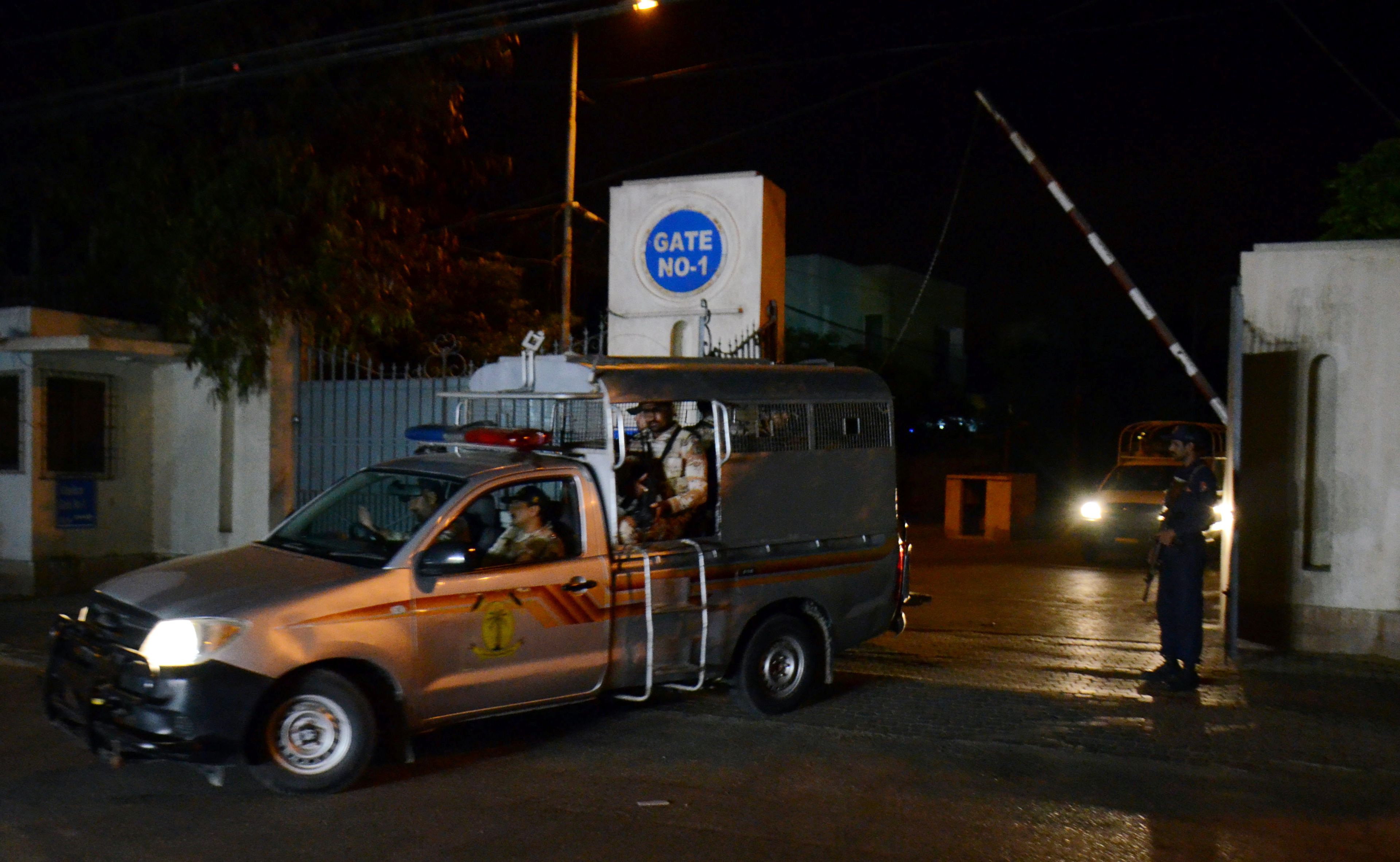
With General Pervez Musharraf pretty much out of the way, the ruling Pakistan Muslim League-Nawaz (PML-N) can breathe even more easier.
The retired general got a reprieve last week following a Supreme Court order to have his name removed from the Exit Control List on health grounds, and even though the government of Prime Minister Nawaz Sharif was empowered to permit him to travel abroad for treatment or not, it chose to let the former army chief go.
It is an open secret that Sharif dearly wanted to prosecute the man responsible for ousting, and then, exiling him abroad — in return for non-participation in politics for a decade — but after the initial brouhaha over ‘meeting the ends of justice’ upon returning to power following the 2013 general elections, Sharif realised there was really no depth in the gambit because the military establishment was loathe to the idea of seeing their former boss being punished.
Sharif has had a history of run-ins with khaki chiefs and each time came to grief. This time, he has taken recourse to calibrated management to avert the possibility of finding himself in the crosshairs of the powerful establishment. With General Raheel Sharif, the current army chief, publicly declaring his intent to retire in November this year and not seek extension, the civilian Sharif is poised to complete his term in relative peace and with no real opposition in sight.
This offers a good window to gauge the future prospects of the party. If history is guide, political parties need to be constituency-minded, have a strong dynastic identity and have a loyal, active party cadre. PML-N boasts all these. Being a parliamentary democracy, Pakistan also rewards parties based in the most populous two of its provinces — Punjab and Sindh, which between them represent about three-fourths of National Assembly.
No wonder that of the 10 general elections held in Pakistan’s 70-year history — except for two held under military rule, General Ziaul Haq’s party-less polls of 1985 and General Musharraf’s King’s Party polls of 2002 — eight brought either Pakistan People’s Party (PPP) or PML-N to power. PPP led and formed the federal government in 1970, 1977, 1988, 1993 and 2008 and PML-N in 1990, 1997 and 2013.
And, like it or not, parties and their principal leaders in Pakistan are synonymous. Bhuttos have dominated PPP and the Sharifs PML-N. Zulfikar Ali Bhutto and Benazir Bhutto became prime minister twice each and Yousuf Raza Gilani and Raja Pervez Ashraf once each for PPP (but only because there was no Bhutto at the helm, Benazir having been assassinated) while Nawaz Sharif is Pakistan’s most prolific prime minister after being elected a third time in 2013.
Pakistan Tehrik-e-Insaf (PTI) is the closest a party has come to challenging the hegemony of PPP and PML-N on a national level — in 2013 they got the votes but not the seats to make a difference. They, however, found enough support to find themselves ruling KhyberPakhtunkhwa (KP).
The Sharifs are better survivors than Bhuttos for not only having not suffered personal casualties, but also building core constituencies like the trading and religious classes with other linkages to the Establishment that prevented more overt and debilitating personal and party reversals.
The National Assembly has a total of 342 seats, including 272 general seats, 80 women’s reserved seats and 10 minorities’ reserved seats. Of these total seats, Punjab alone sends 183 MNAs to the National Assembly, while Sindh sends 75, KP 43, Balochistan 12, Tribal Areas 12 and Islamabad 2.
This means parties with their core base in Punjab stand the strongest chance of getting 172 seats (PML-N secured this simple majority on their own in 2013) while a party based in Sindh that scores a strong showing there (such as PPP) but which can perform somewhat well in Punjab and/or KP (like PPP did in 2008), can form a government, too.
As far as electoral politics go, this calculus all but ensures that even if they are unpopular as portrayed by media, it is a tall order to dislodge PML-N or PPP from the power perch. As long as there is the first-past-the-post system in place and as long as either party manages to mop up a majority of seats in their respective provinces, the likes of PTI will only be wannabes.
But electoral politics and narratives of people’s interests, even if successful, can only bring a party to power and not necessarily keep it popular. No party in Pakistan, except PPP in 1977, has been re-elected in succession. In fact, in 2013, it was the first time a non-military supported government completed its tenure and the first time a peaceful transfer of power was effected between two popularly-elected governments.
It’s hard to see Nawaz Sharif not becoming the first consecutively elected PM in 2018. The PML-N almost appears unbeatable with 2018 seeming a mere milestone-formality, not a destination.
• The writer is a senior journalist based in Islamabad.